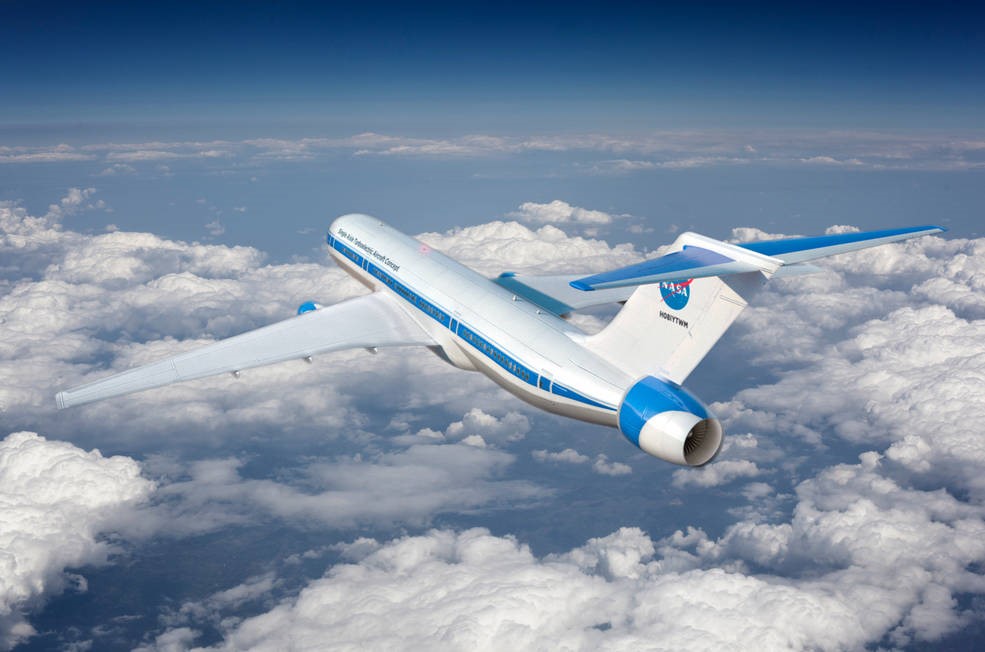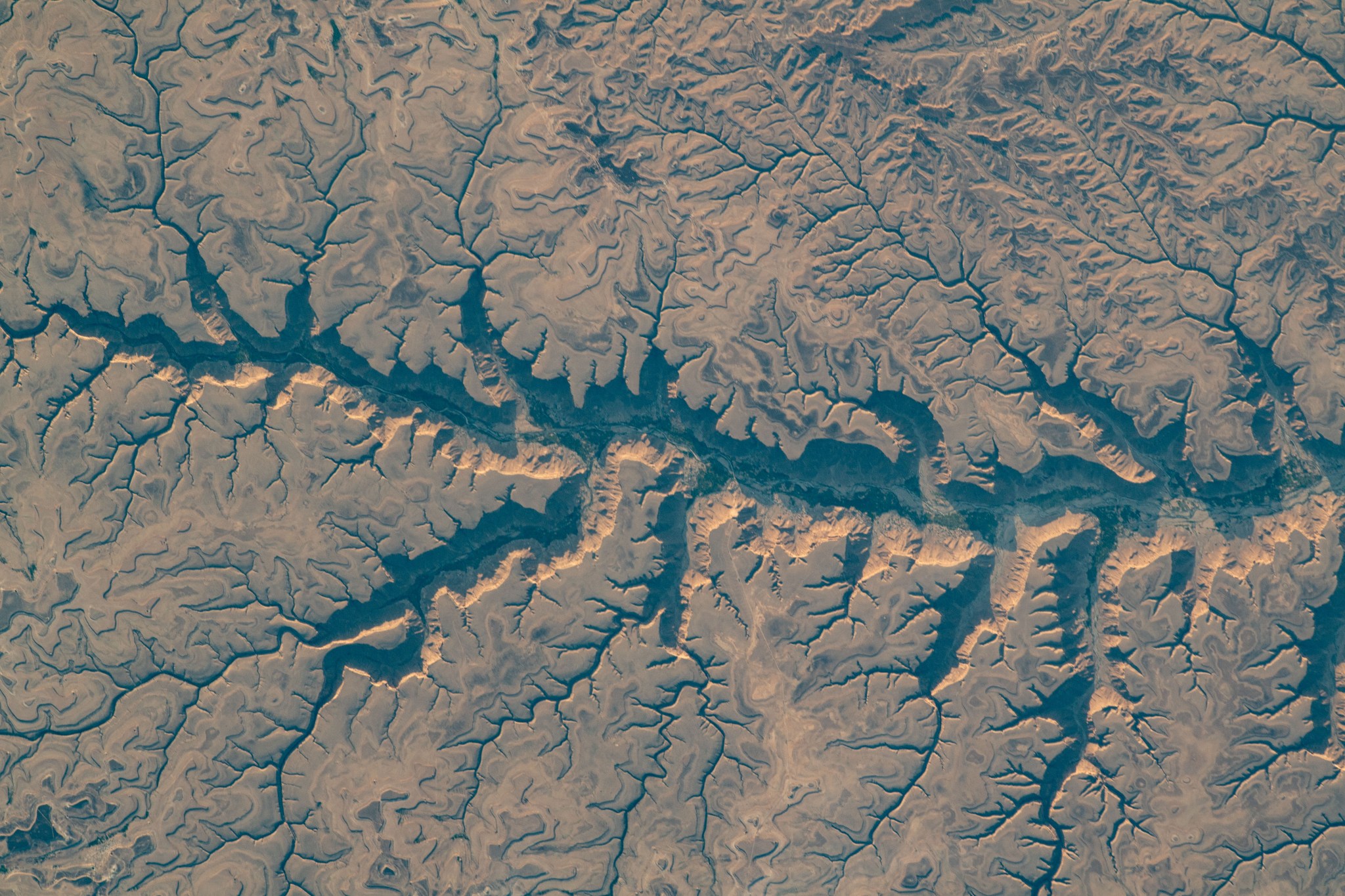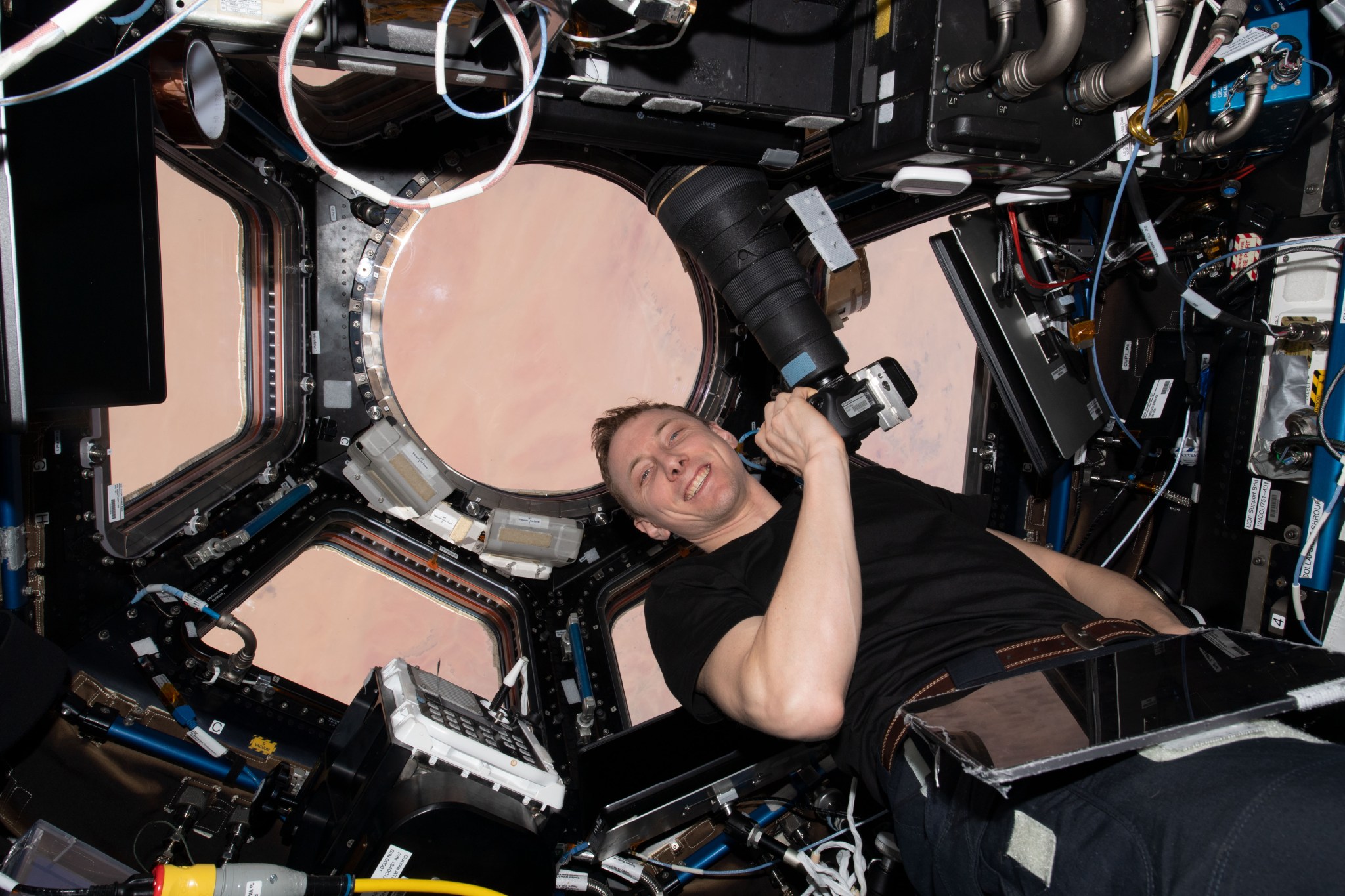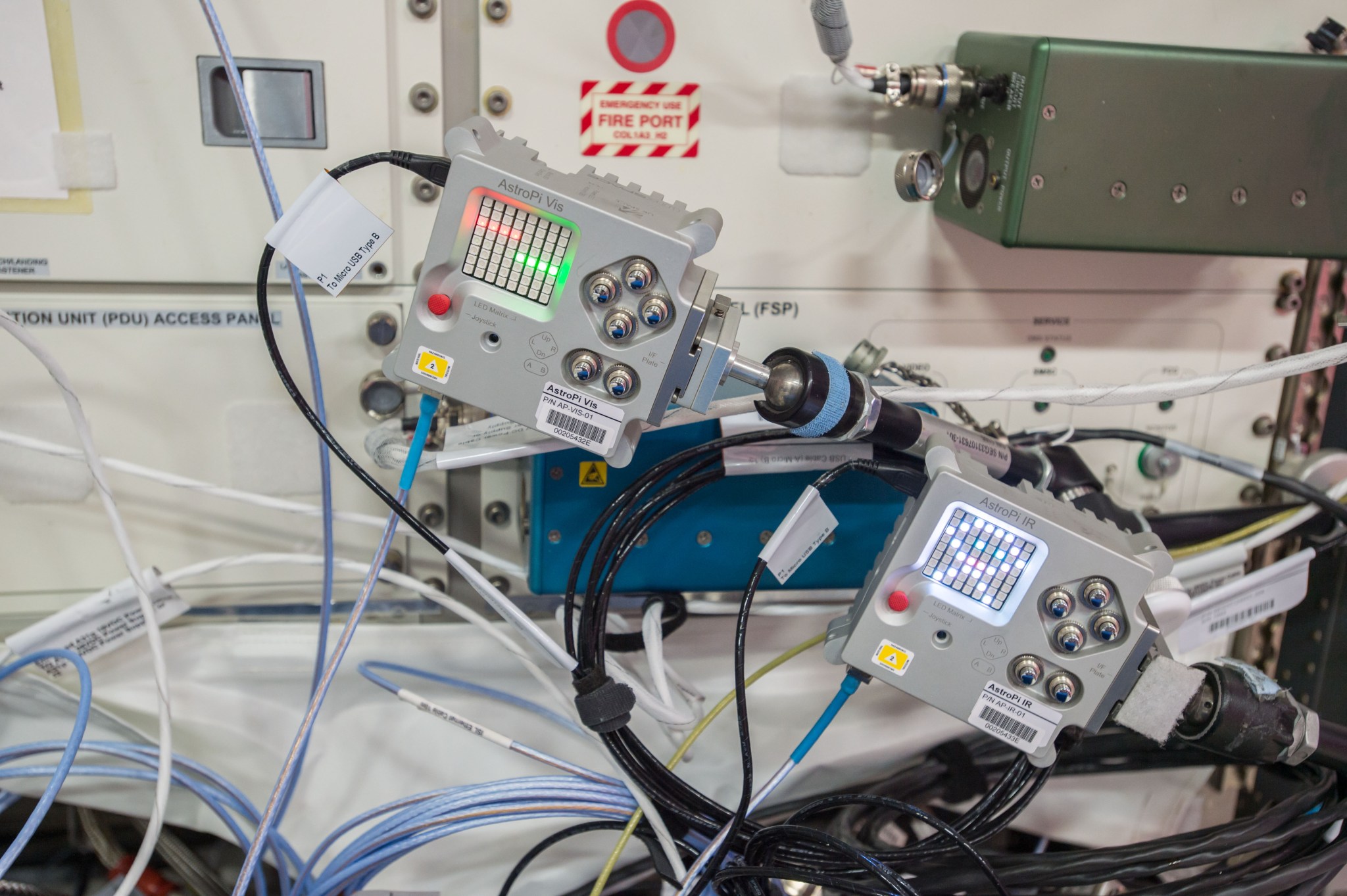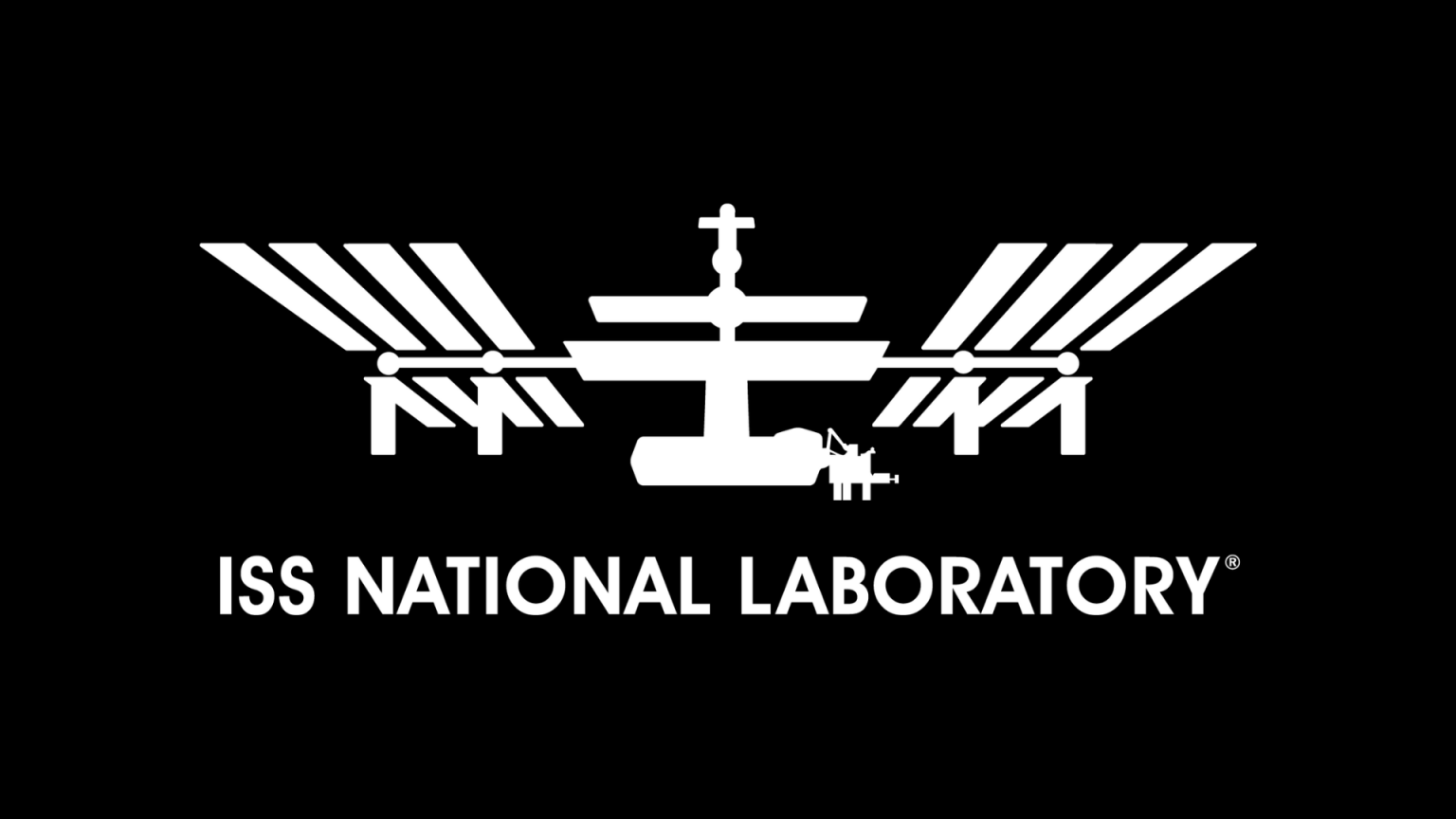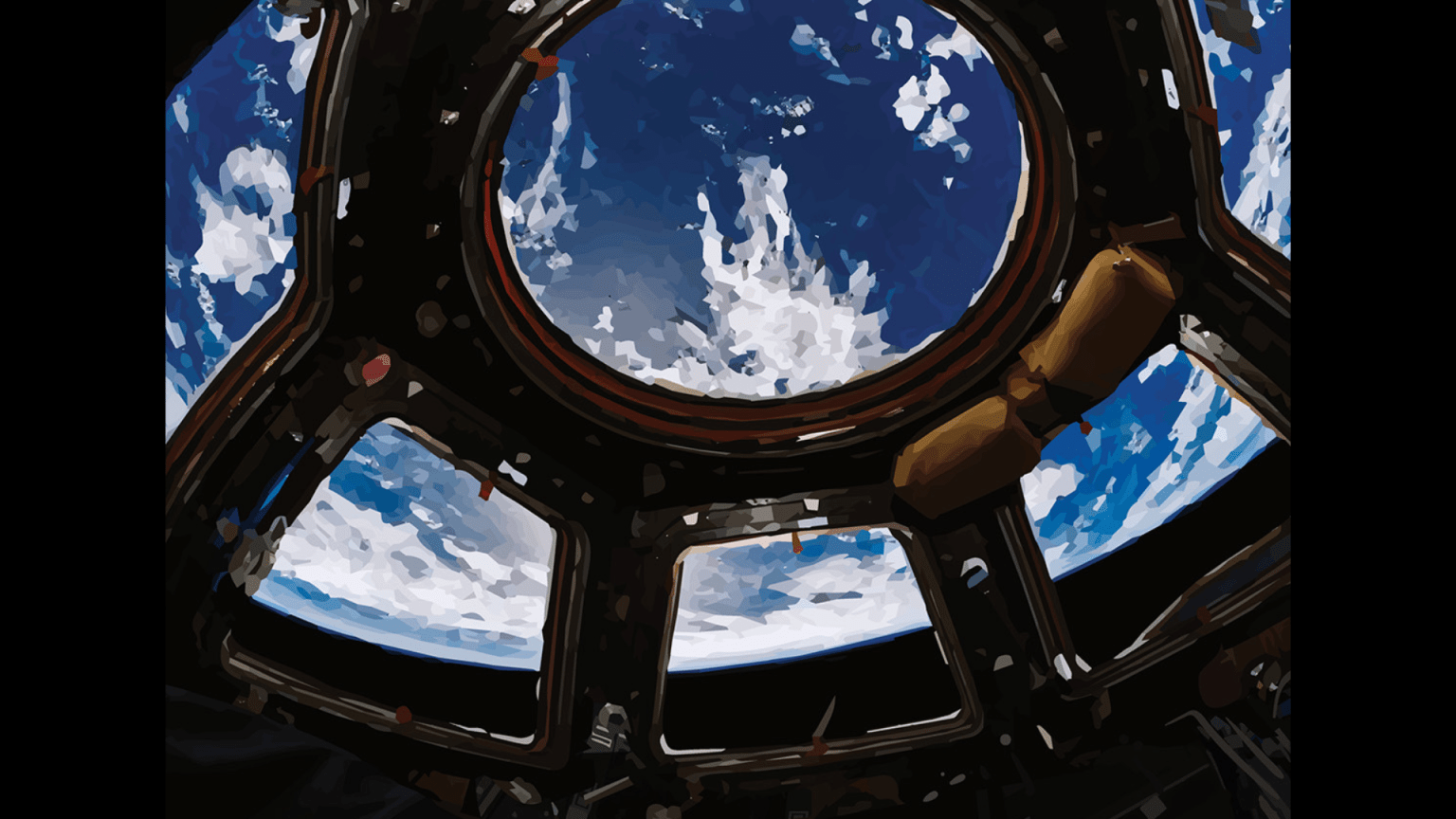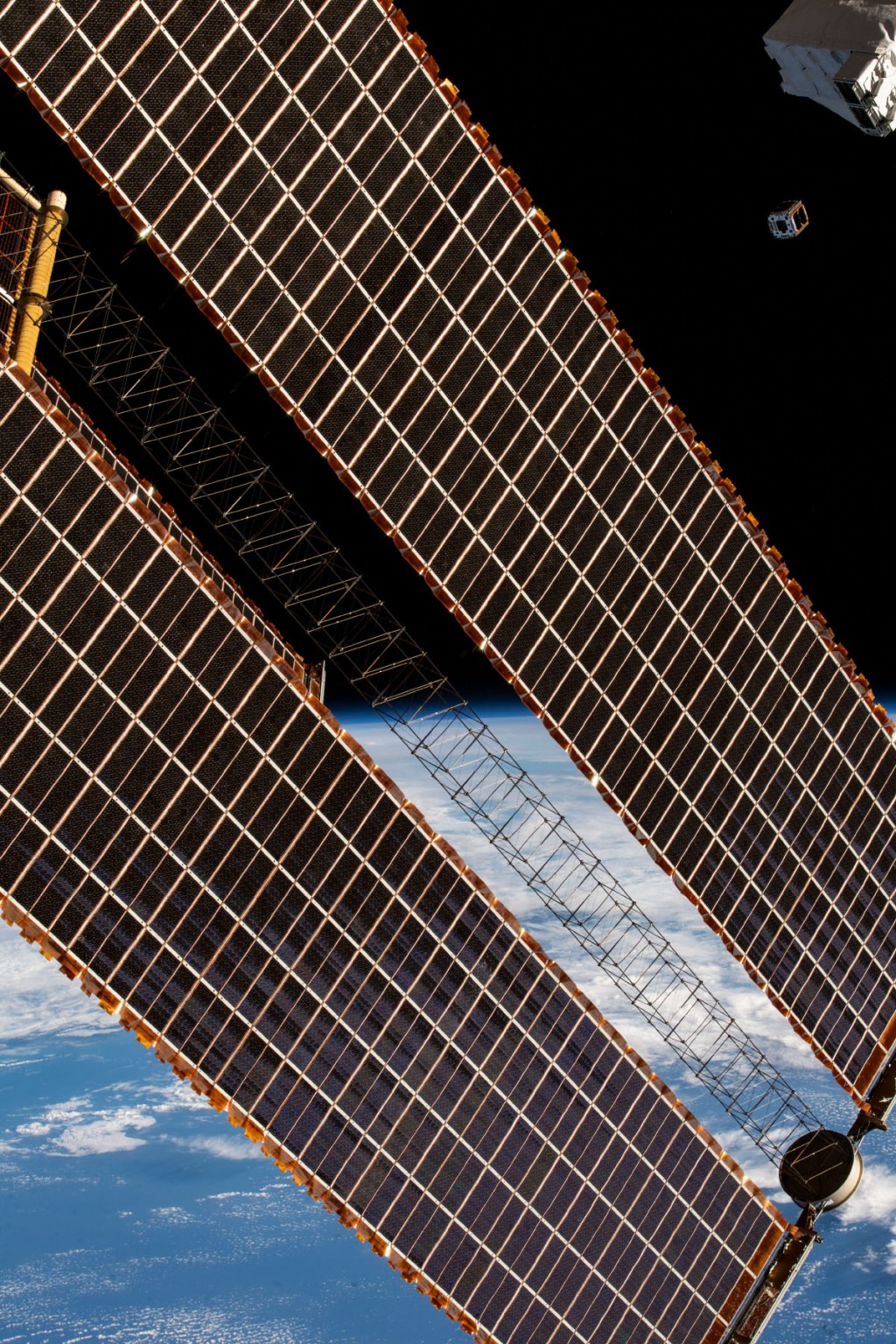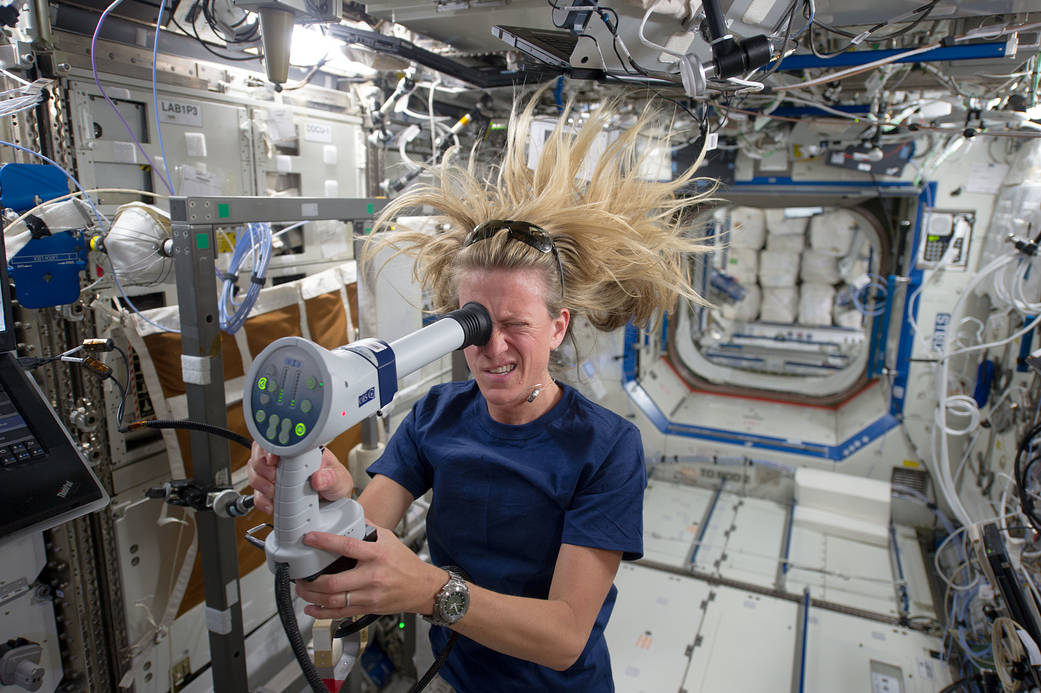Crew members aboard the International Space Station conducted scientific investigations during the week of May 22 that included documenting the health effects of an enhanced space diet, examining properties of silicon-germanium crystals, and using code written by students to control computers in space.
Here are details on some of the microgravity investigations currently taking place aboard the orbiting lab:
Optimizing the Space Diet
Food Physiology characterizes the effects of an enhanced spaceflight diet on immune function, the gut microbiome, and nutritional status. Documenting how dietary improvements affect human health could help researchers figure out how to best use diet to enhance adaptation to spaceflight. This investigation is one of the few studies able to accurately monitor dietary intake over time and document how multiple physiological systems respond. Results also could improve our understanding of how complex organisms adapt to spaceflight. Insights and analyses from this study could have significant scientific and medical benefits for people on Earth as well. Crew members conducted diet briefs with investigators during the week.
Better crystals for better lenses
Hicari-II, a JAXA (Japan Aerospace Exploration Agency) investigation, continues work examining the physical properties of silicon-germanium (SiGe) crystals, which show promise as a material for making infrared optical lenses and electrical devices. On Earth, these crystals grow slowly and often have impurities, but their growth in microgravity is faster and more uniform. SiGe crystals can produce compact, lightweight, high-resolution, and low-cost infrared lenses. SiGe crystals also have been used for thermoelectric devices on exploration spacecraft such as Voyager, and improved production methods could contribute to the development of better devices for future space exploration. Crew members assembled and installed a sample cartridge during the week.
Student Computer Challenge
Students write code to control two Raspberry Pi computers for AstroPi, an investigation from ESA (European Space Agency). The computers can measure the environment inside the space station, detect how the spacecraft moves, and pick up Earth’s magnetic field. AstroPi is part of an ESA education program using human spaceflight and the space station to encourage students to study scientific and technical disciplines and promoting the benefits, challenges, and importance of space for Europe. During the week, crew members set up the computers for the investigation.
Other Investigations Involving the Crew:
- Ring Sheared Drop-IBP, sponsored by the ISS National Lab, studies high-concentration protein solutions and tests computer models for predicting their behavior. Results could enable production of next-generation medicines and improve in-space manufacturing and 3D printing.
- JEM Water Recovery System from JAXA demonstrates technology to generate potable water from urine. The system could provide contributtions to life support systems on the space station and future exploration missions.
- Standard Measures uses cognition tests, sleep questionnaires, blood samples, and a variety of other data to examine how crew members adapt to living and working in space. Results also help monitor the effectiveness of countermeasures to maintain crew health and well-being, supporting future long-duration missions.
- ISS Ham Radio provides students, teachers, and others the opportunity to communicate with astronauts using amateur radio units. Before a scheduled call, students learn about the station, radio waves, and other topics and prepare a list of questions based on the topics they have researched.
John Love, ISS Research Planning Integration Scientist
Expedition 69

















